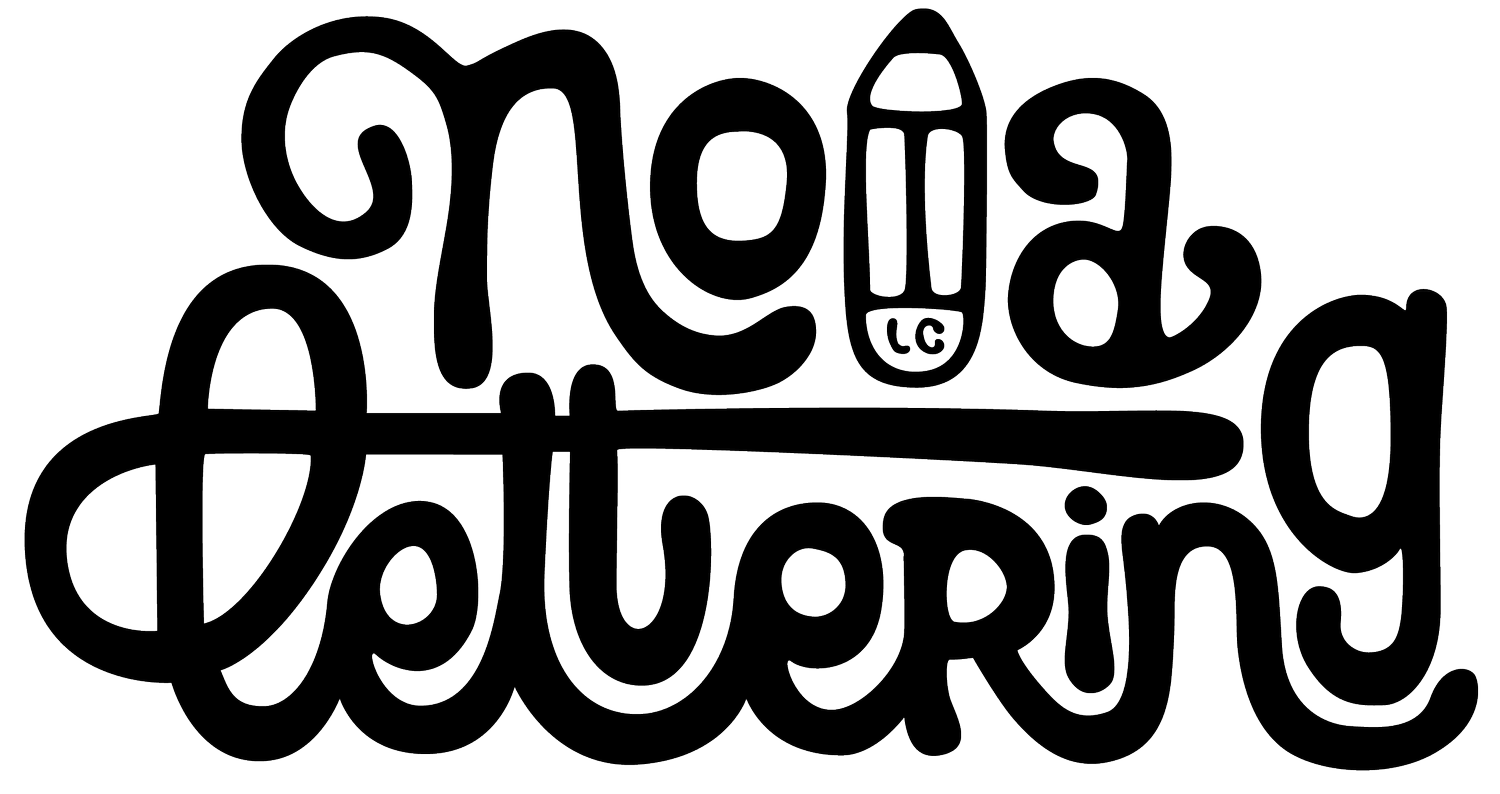How to Make your Composition Pop
This week’s lettering tip is a continuation of our conversation around composition—and today we’re focusing on an easy (and super effective!) way to add visual interest to your quote layouts -
Varying the size and/or style of your words.
Lettering Composition Tip: Thumbnails + Shapes!
It’s finally time to jump into compositions, my most frequently asked topic. And I’ve been putting it off because it’s not the easiest to teach. I learned everything myself, which means I don’t know much about the theories or science behind composition. I just know what looks good to me and I stick with it. But as with all things art, a nice composition can be a very subjective thing. What’s something I like may not be what you like.
The Tools I Use (and Love)
The most basic (and honestly, all you need to get started) setup is just a piece of paper and any pen or pencil you’ve got lying around. The only downside to a blank piece of paper is that you’ll need to draw your own guidelines so your letters don’t end up floating off into weird angles or dancing on different baselines. A ruler or anything with a straight edge does the trick, though, and it’s a pretty quick and painless process.
Why do I hate this?
This week’s lettering post isn’t an actual tutorial, but it is one of the biggest lessons I’ve learned and continue to learn. It’s about something we all deal with, no matter how long we’ve been at this: what to do when you hate your lettering and you can’t figure out why. Enter: Feedback!
Pencil First or Pen First?
Do you sketch first with pencil? or do you dive right in with pen?
Spoiler alert: there’s no one right answer.
But there are some real pros and cons to both. So today, I’m breaking them down—because depending on your project, your mood, or even how much coffee you’ve had, one approach might work better than the other.
It’s Not Talent. It’s Practice….
I get this comment a lot:
“You’re so talented at lettering!”
And while I always appreciate the kindness behind it, I also want to shout from the rooftops: It’s not talent. It’s practice.
A lot of practice.
Like, years of it. Like, “here’s some of my old work so we can cringe together” levels of practice.






